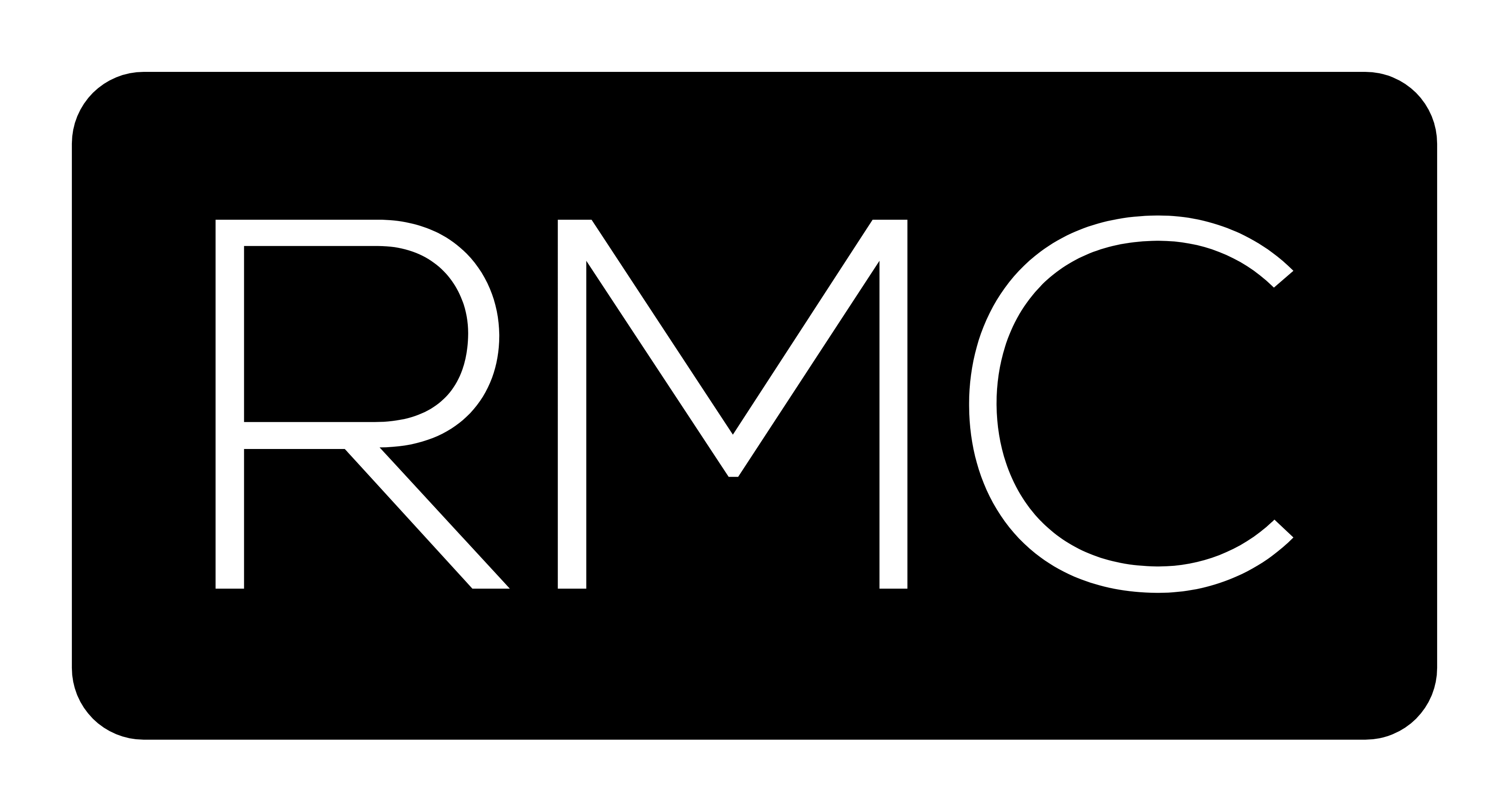Terms To Know About Reputation Management
You know you want to improve your reputation online, but learning what you need to do or what you should ask a professional to do can be confusing. The best place to start understanding reputation management is to have the vocabulary to speak about reputation management considerations. Learn all the words you need to know here.
Common Internet Terms
These internet terms aren’t exclusive to reputation management. However, they are often used and should be learned to understand your online presence better.
Algorithms
Formulas used by search engines or social networking sites. These receive content information online and use the data to inform how they rank content online on search results pages or on timelines.
Anchor Text
When there is a hyperlink, this is the text it is attached to. The text that is an anchor link often appears in blue.
Bots
A software application designed to perform a specific task. This could be positive (for example, scraping websites to inform algorithms or automating customer service) or harmful (like infecting systems or pushing out fake news).
Concern Troll
This is someone looking to stir up trouble online while pretending to be offended or concerned about ethics.
Content
Information that is delivered online through various forms of media (text, videos, podcasts, images, etc.).
Digital Assets
Multimedia that is stored digitally and owned by a brand.
Domain Squatting
Squatters purchase a domain name that includes a brand’s name. They seek to sell it at an inflated price to the brand owner.
EdgeRank
The tools Facebook uses to determine what content its users see on their timeline. Reputation management seeks to improve your EdgeRank and be seen by your target audience.
Forum
Forum sites allow users to pose questions and provide answers to others.
Influencer
These are people with a following online. Brands connect with influencers so that the online personality will promote the brand on their platforms.
Influencer’s Proximity Score
This is an analysis of how close brands are to their influencers. A good proximity score will increase perceived authenticity, beneficial to reputation management.
Influence Score
This is the score given to an influencer to determine their reach and ability to influence their audience’s behaviors. Various algorithms determine these.
Libel
Defamation (a false statement presented as fact to harm a reputation) that is written. This can be in print or online.
Link
This redirects users to another web page. Good reputation management will promote good links to your website while working to remove links that will be viewed as harmful by the algorithms.
Multimedia Content
When multiple mediums are used to deliver content, this could be any combination of videos, text, images, or audio.
Negative Reviews
These are reviews that speak negatively about a brand. These could be honest reviews from real customers or malicious content for bad actors.
Online Communities
Social networking sites where people can discuss brands with other users.
Review Sites
Sites where people can leave reviews of brands. You want positive reviews of your brand to be left on these sites.
Scraping
This is the extraction of information from a webpage.
Troll
These are people who post with the goal of causing trouble online. They often lash out from a vulnerable place, such as feelings of loneliness or experiences of bullying in the past. Online Presence Terms
Your online presence is significant in determining your online reputation. This is what people see online and how they form an opinion about your brand. Here are some terms you should know about creating an online presence for your brand.
Aggregators
These apps gather information about you that’s found online and put it in one more easily reviewable place.
Astroturfing
When reviews left for a business are fake, which can be quite common.
Attack Blog
These are blogs dedicated to attacking your brand. While not made by you, they contribute to your online presence, and taking them down or burying them falls under your reputation management needs.
Authenticity
When users judge an online presence as “authentic,” this is seen as a positive that the brand is open and honest.
Brand Ambiguity
Rather than branding terms and concepts, the language used for a brand blends in with competitors and doesn’t stand out from the crowd.
Branded Content
Content created by a brand to specifically target a group and build engagement.
Brandjacking
When people who aren’t connected to your brand use it to mislead consumers, this may hurt your brand or scam customers.
Brand Reputation
This is how others see your brand (personal or professional). A more favorable brand can boost your success and can be determined by online or offline experiences.
Brand Safety
These are strategies to ensure a brand’s ads aren’t posted to a location online that viewers could see poorly.
Content Strategist
Someone who plans a brand’s online content to grow engagement with the brand and improve its reputation.
Covert Attack Blog
An attack blog is written by someone pretending to be someone else.
Crisis Management
Responses by a brand to a scandal could damage their reputation to recover their good name and avoid losses.
Digital Footprint
These are your activities left online regarding you or your brand. Leaving a strong, positive digital footprint is part of reputation management.
Digital War Room
Teams dedicated to monitoring a brand’s online presence and improving its reputation management.
Faceplant
By reacting online aggressively or extremely negatively to a small issue, a brand commits a faux pas that’s referred to as a faceplant.
Hate Sites
Websites that are created to do damage to a brand. They often use targeted terms in their content to draw the eyes of a brand’s target audience.
Identity Assault
Someone pretends to be someone else to attack their reputation.
In-Depth Sentiment
An understanding of how people online feel about a brand. This comprehensive analysis is done by observing various online behaviors and conversations.
Lack of Information
This refers to people or businesses who don’t appear or very little online. A lack of information will make a brand appear untrustworthy to those searching, even if there’s also a lack of negative content.
Media Monitoring
The analysis of data on social media about a brand to determine how social media users perceive it.
Namespace
Your namespace refers to how your particular brand dominates your unique terms. You want to dominate unique terms so your brand stands out.
Online Audit
This considers a brand’s digital footprint and actions online to assess its online presence fully.
Online Monitoring
Constant searching and observing of what’s online that mentions your brand.
Sentiment Analysis
An analyst or AI considers what commenters online are saying about a brand to determine their attitudes toward the business or person. SEO Management Terms
SEO (search engine optimization) is the tactics brands use to improve their performance in a search engine’s algorithm. When a site is optimized, it will appear higher on search results pages. Here are the terms to know when considering how to optimize your brand for an improved reputation by showing search engine users what you want them to see.
Black Hat SEO
These tactics to improve a site’s ranking go against search engines’ guidelines and are considered unethical.
Command Center
This is the team working together to direct a brand’s efforts to improve its ranking and reputation.
Content Farms
These are designed to churn out a lot of low-quality content so that it can be published quickly online. This is intended to boost a brand’s presence and increase its ranking, but the low-quality pieces often underperform.
Identity Confusion
A person with a good reputation is mistaken for another persona online who may have a poor reputation. SEO can clear up the confusion by improving the rankings of the actual brand.
Link Farms
Sites that offer brands many outbound links to improve the brand’s ranking. The use of link farms is considered black hat SEO.
Link Bait
Content that’s designed to capture the attention of those who may use it as a link in their content. These backlinks then improve a site’s SEO.
Media Tracking
The measured success of a social media marketing campaign.
Monitoring Specialist
Someone who observes online conversations about your brand. This data can then be used for determining which SEO strategies will be most useful.
Online Image
This is how your brand appears to the world, most often conveyed by the top search results for your brand.
Page Ranks
Determined by search engines, this is how high or low your site would appear on the list of results for certain terms when searched.
SEO Optimized
Pages of a site are designed to perform well on search engine results pages by following optimization techniques.
White Hat SEO
Techniques used to improve ethical, honest optimization and don’t break Google’s guidelines.
The Most Important of these Terms: Online Reputation Management
Now that you understand all these terms, you can better understand the goals and strategies of online reputation management. Everything your reputation management team does is to ensure that your brand is seen positively, that your online presence is strong and helpful to your image, and removes or buries harmful content uncovered through various analysis tools. Use this glossary to understand better how to manage your reputation and bring people on who know what it takes to maintain the good reputation you’ve worked so hard to build.

